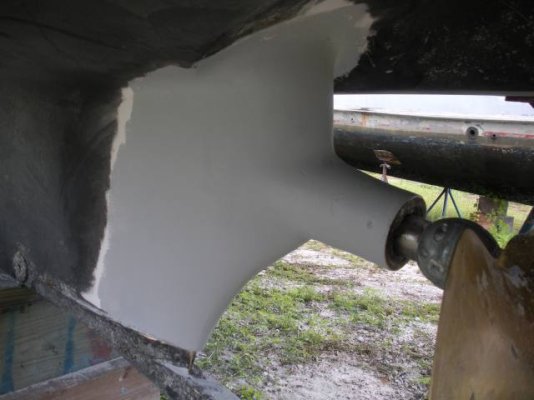milbysbeach
Member
Ahoy members,
I'm totally new to this forum and wanted to introduce myself so as not to get off on the wrong foot.
I'm looking to purchase a 2001 Mainship 34 pilot and would appreciate any input positive or negative on the boat. She is equiped with Cummins 6bta, one owner boat very well taken care of. One of my concerns with semi displacement hual is in a following sea and how it will handle in a 3'ft chop, which is pretty common where I reside.
Kemah Tx
I'm totally new to this forum and wanted to introduce myself so as not to get off on the wrong foot.
I'm looking to purchase a 2001 Mainship 34 pilot and would appreciate any input positive or negative on the boat. She is equiped with Cummins 6bta, one owner boat very well taken care of. One of my concerns with semi displacement hual is in a following sea and how it will handle in a 3'ft chop, which is pretty common where I reside.
Kemah Tx




